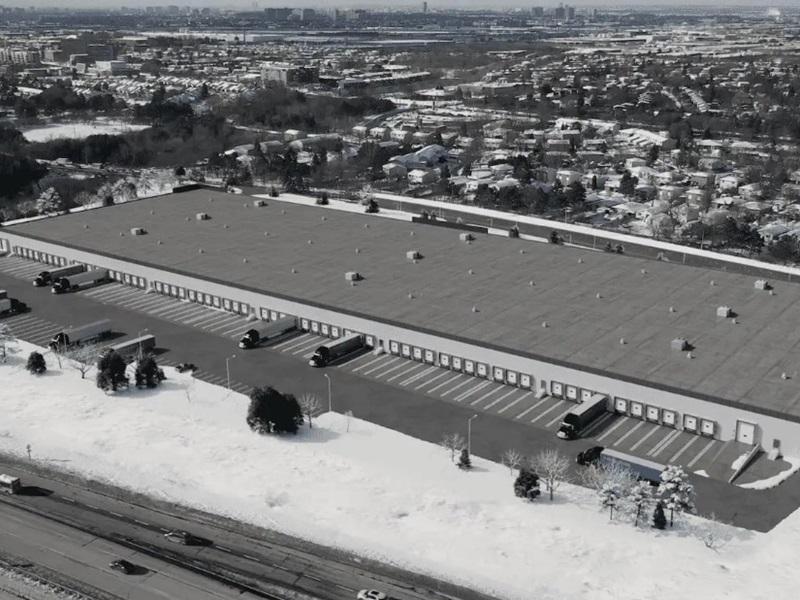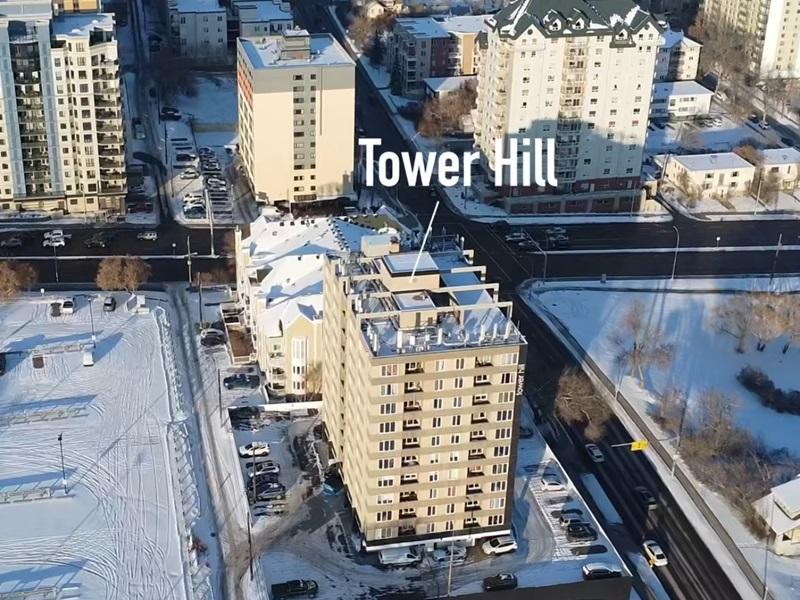
Surrey is growing so fast it’s slated to become British Columbia’s largest city by the end of the decade.
Vancouver’s estimated population this year is 737,216, while Surrey’s is 684,485. In 2029, the projected populations of Vancouver and Surrey will be 780,075 and 785,619, respectively.
To help facilitate some of this projected growth, Surrey’s City Council has just approved the Imagine Scott Road Visioning Study, the inaugural step in rejuvenating the Scott Road-72 Avenue Corridor. Part of the program involves detailed planning for three neighbourhoods: Townline to the north, Kennedy in central Surrey, and Strawberry Hill in the south.
The project has no timeline and will involve much community engagement, but that isn’t stopping the city from already accepting development proposals. In Q1, multifamily building permits surged by 144 per cent.
Surrey's burgeoning city centre
Derek Fenton, vice-president of marketing and sales at Zenterra Developments, told RENX Surrey has very strong underlying fundamentals, which have doubtless attracted attention from the investor community.
They’ll figure prominently at Zenterra Developments six-storey, wood-frame condo project in the city centre called City Corners. The 100-unit development ranges from studios to two-bedroom suites, and in size between roughly 400 and 700 square feet.
“This community is predominantly for some of our investor clientele, as well as first-time purchasers who are looking to be close to Surrey City Centre,” Fenton said. “With what the City of Surrey is visioning, the future lives here.”
That’s because Surrey is poised to play an even greater role in the federal government’s immigration strategy than it already does. Home to a huge South Asian population, as well as growing Filipino, Korean and Chinese communities, Fenton isn’t the least bit surprised by Surrey’s growth trajectory.
Zenterra is so bullish on Surrey that it’s also developing King + Crescent Condos in South Surrey, comprised of four six-storey wood-frame buildings that will house 411 units of up to three bedrooms.
But Zenterra is especially methodical with King + Crescent.
“It’s close to Highway 99 and the Canada-U.S. border, but there hasn’t been a lot of apartment building in South Surrey, and we felt this would be great for first-time buyers before they can afford a townhome,” Fenton said.
Wood-frame construction popular
Quadra Homes is also active in Surrey with Ledgeview 2, a wood-frame development with 319 units across three buildings, as well as Larner Landing, which will see 176 units in a six-storey — you guessed it — wood-frame building.
“The reason is wood-frame buildings are a lot less expensive to build than concrete high-rises, or any kind of concrete building,” said Shawn Bouchard, VP of Quadra Homes.

“As soon as you get above six storeys, you’re predominantly going into concrete or CLT (cross-laminated timber) or light-gauge steel, depending on the height. So there’s a big cost in construction as soon as you break six storeys, and then you have to raise your prices significantly, but there’s price resistance there.”
Both developments are located in what Bouchard called “neighbourhoods in transition.” Ledgeview is three blocks away from Gateway Station on the SkyTrain line in a neighbourhood largely comprised of single-family homes.
Larner Landing, which is gearing up for its fourth reading in the approvals process in October, will eventually become the newest addition to a neighbourhood that’s seen a lot of gentle-density new builds of late.
Imperative for commercial development
Harp Khela, president of Khela Real Estate Group, noted Surrey’s growth strategy is built around high-density housing, adding it wasn’t long ago that growth meant building single-storey commercial developments.
Today, however, Surrey is intensifying — and there’s an opportunity to attract some major brands that might have once thought Surrey too small.
Throw new infrastructure into the mix along with the resulting commercial, retail and other types of development which will be required and Khela points to tremendous growth potential.
“When you add this large population, they’re going to need all these essential services,” he said.
“We have our new SkyTrain station that’s extended from King George all the way to Langley. Every SkyTrain station has a node around it which will be heavily densified — you’ll have core density, then you’ll have mid- and high-rise density,” Khela continued.
“Currently, those areas are primarily single- or two-storey commercial areas or single-storey residences, but each station will be heavily densified with a pocket of low- and highrises.”
He added the Scott Road project will be a game-changer and push Surrey’s intensification efforts over the hump.
Industrial construction is evolving too
According to Colliers, Surrey’s industrial vacancy rate was 2.9 per cent in the second quarter of this year. And while more than two million square feet of supply was under construction last quarter, new supply topped out at 74,132 square feet.
Cameron Archer, director at Orion Construction, a design-build contractor, said this necessitates future-proofing industrial spaces because, as Surrey grows, so too will service demands.
“These big office complexes and industrial parks have historically had low amenity space, but it’s becoming increasingly clear to business owners in these areas that their staff have a higher demand for a better quality of life,” Archer said.
“We’re seeing businesses taking the opportunity to include amenity spaces like gyms, additional retail and, in particular, daycare facilities — especially because there’s a shortage in British Columbia of 40,000 daycare spaces.”










